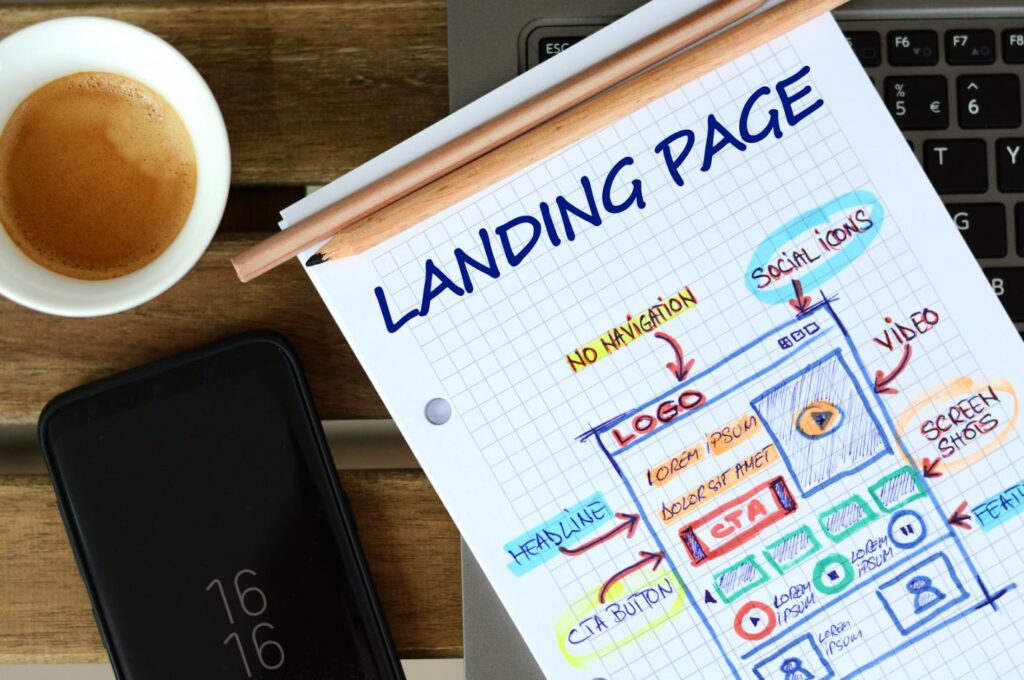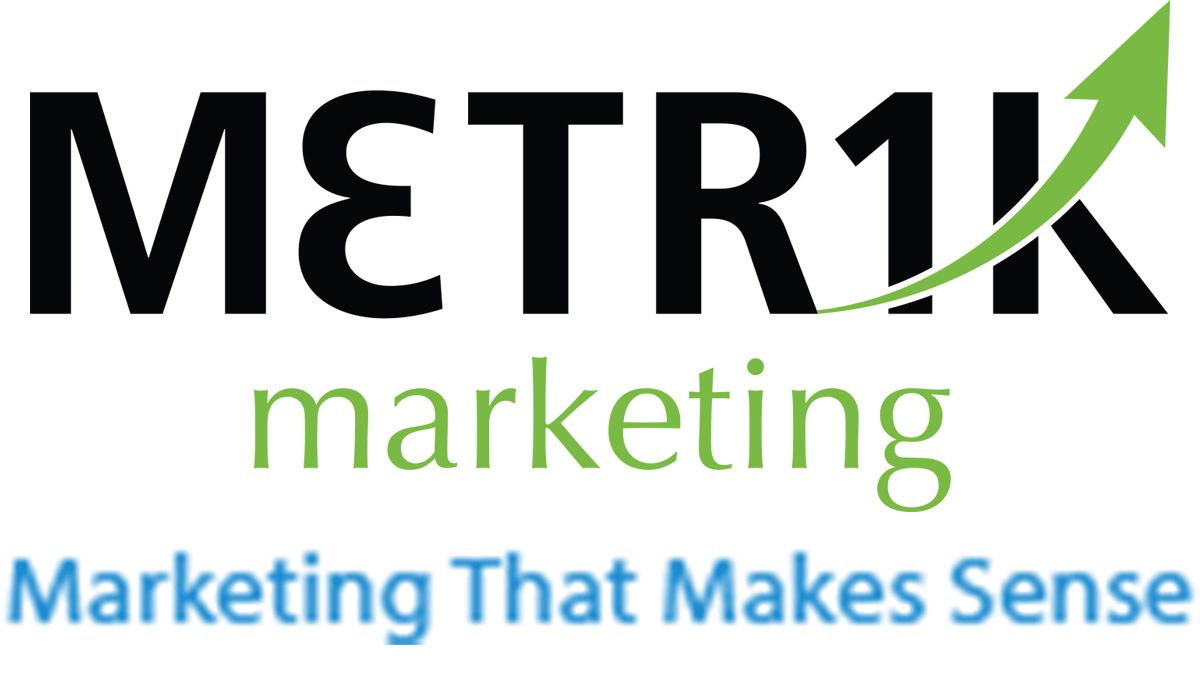The Ultimate Guide to Landing Pages: Boost Your Conversions Today
In the ever-evolving digital marketing landscape, landing pages have become essential for turning casual visitors into loyal customers. Whether you’re spearheading a paid ad campaign, launching an e-mail marketing initiative, or promoting your latest product, a well-crafted landing page can be the game-changer in your conversion rates. So, let’s dive into what makes landing pages so crucial and how you can create ones that drive stellar results.
What Is a Landing Page?

Why Are Landing Pages Important?
The primary goal of a landing page is to turn visitors into leads or customers. By encouraging specific actions—such as filling out a form, signing up for a newsletter, or making a purchase—landing pages help businesses effectively capture leads and drive sales.

Types of Landing Pages
There are several types of landing pages, each designed for different purposes:
- Lead Generation Pages: These pages aim to collect visitor information through forms, often offering something valuable in return, like an eBook or a webinar. They are particularly effective for building an email list.
- Click-Through Pages: Acting as a bridge, these pages guide users to a different page, usually a sales page. They are common in e-commerce settings where you want to provide additional information before directing users to purchase.
- Sales Pages: Focused on selling a product or service directly, sales pages contain persuasive content, strong visuals, and clear calls to action to encourage immediate purchases.
Key Elements of a High-Converting Landing Page
To create an effective landing page, focus on the following key elements:
- Headline: A clear and compelling headline is crucial to capturing attention immediately. It should succinctly convey the main benefit of your offer.
- Subheadline: This provides additional context and reinforces the value proposition of your landing page.
- Visuals: Engaging images or videos that illustrate your product or service can help capture interest and provide context.
- Call to Action (CTA): A prominent button or link that encourages visitors to take action is essential. Make your CTA clear and compelling, using action-oriented language (e.g., “Sign Up Now” or “Get Started”).
- Form: If needed, include a simple, user-friendly form for collecting information. Keep it short to reduce friction.
- Social Proof: Use testimonials, reviews, or trust signals to boost credibility and encourage conversions.
Design Principles for Landing Pages
The design of your landing page plays a significant role in its effectiveness. Here are some best practices to follow:
- Simplicity: Keep the design clean and focused on the CTA. Minimize distractions to guide visitors toward the desired action. Mobile
- Optimization: Ensure your landing page is responsive and user-friendly on mobile devices, as many users will access it via smartphones.
- A/B Testing: Test different versions of your landing page to see which elements perform best. This could involve changing headlines, images, or CTAs to optimize conversion rates.
Maximize Effectiveness with SEO & Analytics

To maximize the effectiveness of your landing page, it’s essential to incorporate search engine optimization (SEO) best practices. Optimize your landing page for relevant keywords to improve visibility in search engines.
Additionally, use analytics tools like Google Analytics to monitor performance metrics such as conversion rates and bounce rates. This data can provide valuable insights for future optimizations.

Best Practices for Landing Pages
Here are some best practices to keep in mind:
- Consistency: Ensure that the messaging and design of your landing page align with the source of the traffic (whether it’s an ad or an email).
- Urgency: Incorporate elements that create a sense of urgency, such as limited-time offers, to encourage immediate action.
- Follow-Up: Implement follow-up strategies for leads captured through the landing page to nurture them toward conversion.
Common Mistakes to Avoid

While creating a landing page, be mindful of these common pitfalls:
- Overloading with Information: Too much information can overwhelm visitors. Keep your content concise and focused on the value proposition.
- Weak Call to Action: Ensure your CTA is clear, compelling, and stands out on the page.
- Ignoring Mobile Users: Failing to optimize for mobile can lead to a loss of potential conversions, as many visitors will access your landing page on their smartphones.

Conclusion
Effective landing pages are crucial for maximizing the return on investment (ROI) for your marketing campaigns. By focusing on design, clear messaging, and user experience, businesses can significantly improve their conversion rates.
Start implementing these strategies today, and watch your conversions soar!
Need Help with growing your business? Contact Us
Photo Credits:
Photo: ©anyaberkut from Getty Images via canva.com
Photo: ©adrian825 from Getty Images Pro via canva.com
Photo: ©maxkabakov from Getty Images via canva.com
